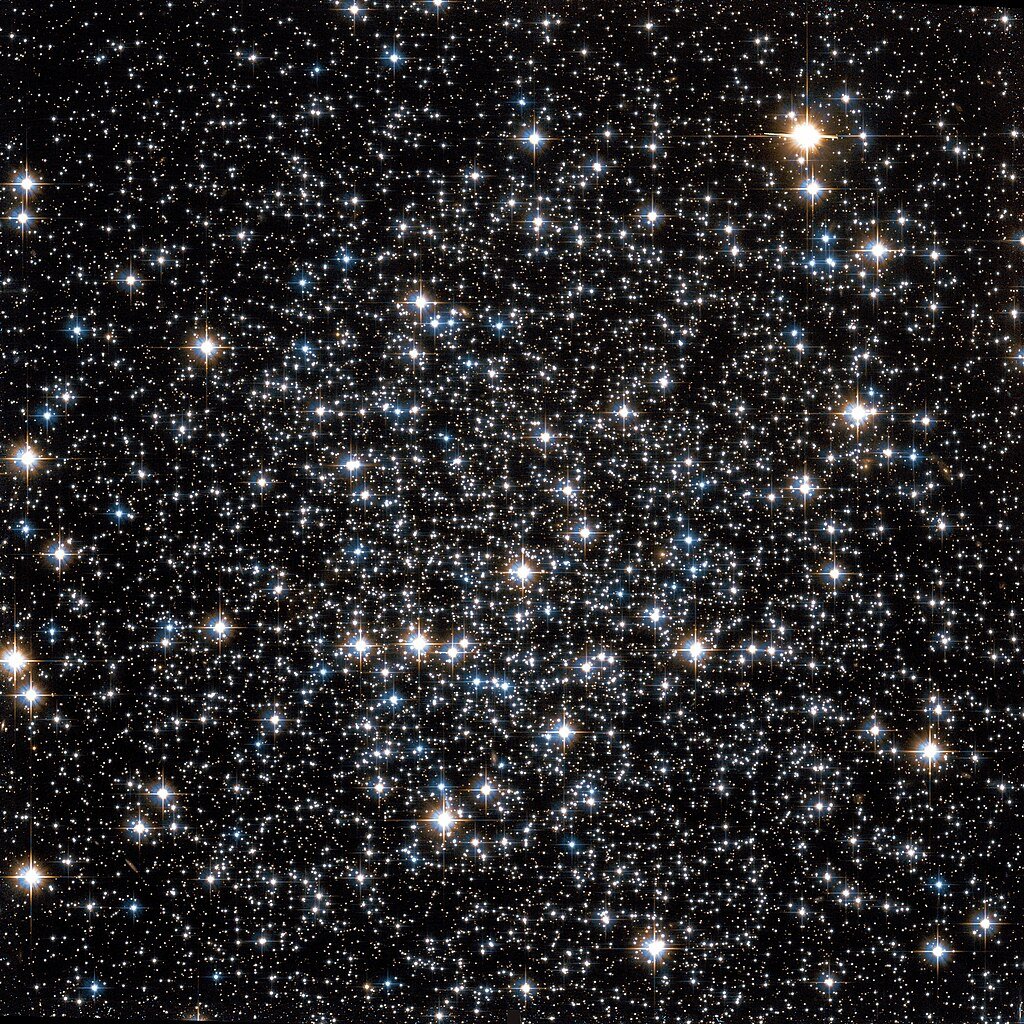
Unveiling Ghostly Traces: Amateur Telescopes Illuminate Hidden Galactic Debris
Martínez-Delgado and collaborators used amateur telescopes to capture deep images of 15 nearby spiral galaxies, revealing faint stellar tidal streams and other signs of past galactic mergers. Their results show that small, accessible telescopes can contribute valuable data to galaxy evolution studies, achieving detection limits comparable to professional observatories.

How Do Galactic Bars Form? A Look at Tidal vs. Internal Growth
This study compares bars in galaxies that form internally versus those triggered by tidal interactions. Simulations show that tidal forces mainly affect when a bar forms, not how fast it grows, except in galaxies resistant to bar formation, where bars grow differently. Bars in naturally unstable galaxies follow the same growth pattern whether triggered externally or not, highlighting the dominance of a galaxy’s internal properties in shaping bar evolution.

NGC 288: The First "Splashed" Globular Cluster?
NGC 288 appears to be the first known "Splashed" globular cluster—originally formed in the Milky Way but later thrown into a new orbit by the Gaia-Sausage-Enceladus (GSE) merger. Despite its accreted-like motion, its age and chemical composition match in situ clusters, suggesting it was born in the Milky Way. This study highlights how ancient galaxy mergers reshaped the Milky Way's structure, potentially affecting other globular clusters in similar ways.

How Do Bars Affect the Evolution of Disc Galaxies?
Bars in disc galaxies help stabilize their evolution by reducing their dependence on environmental factors. Unbarred galaxies show strong environmental effects on star formation, color, and metallicity, while barred galaxies exhibit weaker variations. Bars likely regulate internal processes, such as gas movement and star formation, making them crucial in galaxy evolution. This study underscores the importance of bars in shaping galactic properties, using data from the MaNGA survey.

Mapping the Chemical Story of Galaxies: Understanding Metallicity Profiles
The study explores how galaxies evolve chemically by analyzing metallicity gradients using the CIELO simulations. It identifies inner and outer breaks in metal distribution, shaped by star formation, gas inflows, and mergers. Stellar feedback plays a key role, sometimes enriching or diluting central regions. The findings highlight the complex interplay of internal and external forces in shaping a galaxy’s chemical history, offering insights into how galaxies grow and change over time.

A Starburst in the Early Milky Way: A New Look at Our Galaxy’s Beginnings
A recent study led by Boquan Chen reveals that the early Milky Way experienced a massive starburst around 13 billion years ago, triggered by a rapid inflow of gas. By analyzing metal-poor stars from Gaia data, researchers found evidence of two distinct stellar populations, suggesting a sharp transition in star formation history. Their findings, supported by galaxy simulations, show that the Milky Way’s formation was not gradual but included bursts of intense star formation, shaping its present structure.

The Role of Galactic Bulges in Shaping Stellar Bars and Box-Peanut Features
Rachel McClure and her team explored how classical bulges impact galactic bars and Boxy/Peanut X-Features (BPX) in disk galaxies. Simulations showed heavier bulges stabilize bars, slow their growth, and lead to steady BPX formation, while galaxies without bulges experience rapid, unstable changes. BPX features form through resonant orbital interactions, with bulges moderating their growth and evolution.

Unveiling Star Formation: How Our Galaxy's Past Shapes Its Future
This study examines how recent bursts of star formation shaped the Milky Way's chemical evolution and element distribution. Using models and data from Gaia, the authors show that these episodes create "wiggles" in the abundance gradient and alter element ratios like oxygen-to-iron. Star formation bursts also impact star migration and highlight the galaxy's dynamic past, offering insights into its future evolution.

The Small Magellanic Cloud: Mapping the Dance of Stars and Gas
The study explores the Small Magellanic Cloud's structure and evolution using Gaia data. Younger stars show rotation in a stretched disk, while older stars form a compact ellipsoid. Interactions with the Large Magellanic Cloud influence its shape, creating anomalies and stretching its stars and gas. This research highlights the dynamic history of the SMC and its ongoing transformation.

How Many Starbursts Does It Take to Shape a Galaxy Core?
Olivia Mostow and collaborators explore how bursts of star formation reshape galaxy cores, addressing the core-cusp problem in low-mass galaxies. Using innovative simulations, they show that repeated bursts effectively flatten dark matter cusps, while single bursts struggle to do so, especially in ultra-faint dwarf galaxies. The study emphasizes the importance of burst timing and energy, offering insights into galaxy evolution and dark matter behavior.

Exploring Stellar Halos: Unraveling Cosmic Histories with Chemical Clues
Stellar halos, the faint outskirts of galaxies, hold clues about galaxy formation. Using simulations, researchers divided halo stars into ex-situ, endo-debris, and in-situ categories, tracing their origins and chemical fingerprints. Most halo stars come from merged galaxies, with larger halos requiring more mergers. The study revealed a clear mass-metallicity relationship, linking chemical patterns to galaxy formation histories and enhancing our understanding of cosmic evolution.
